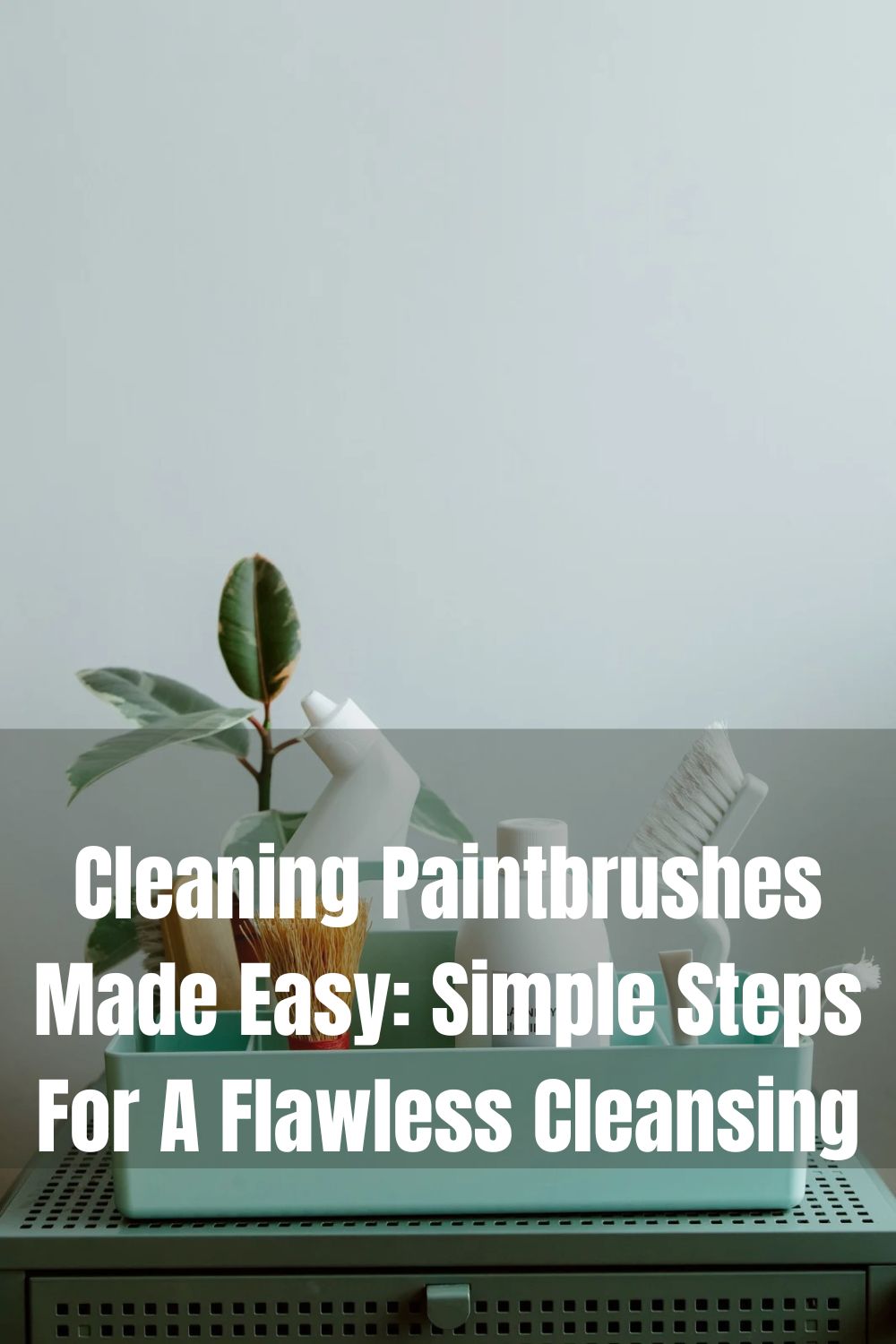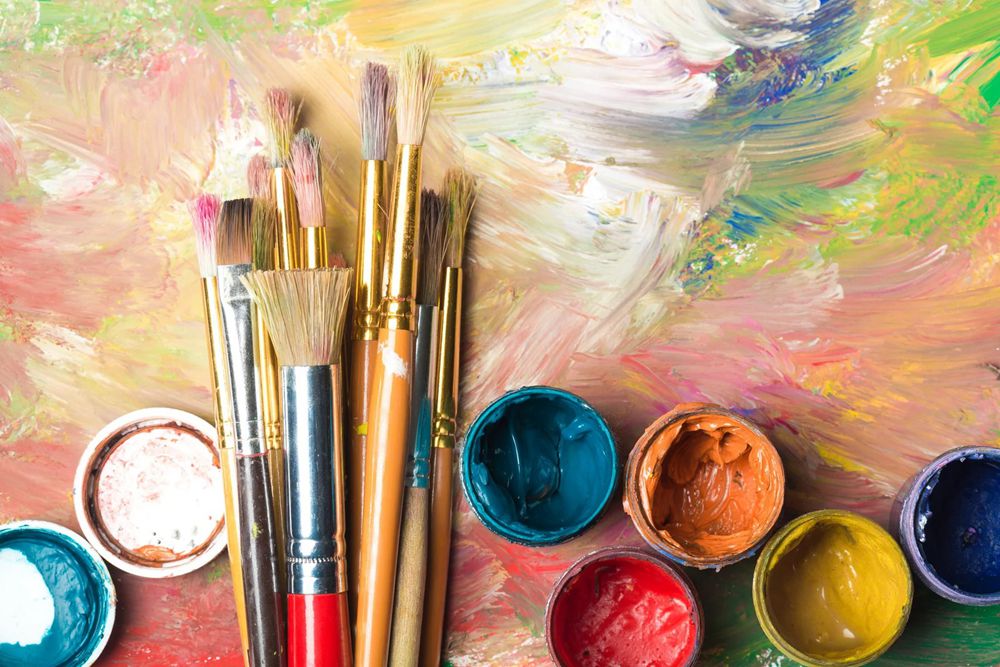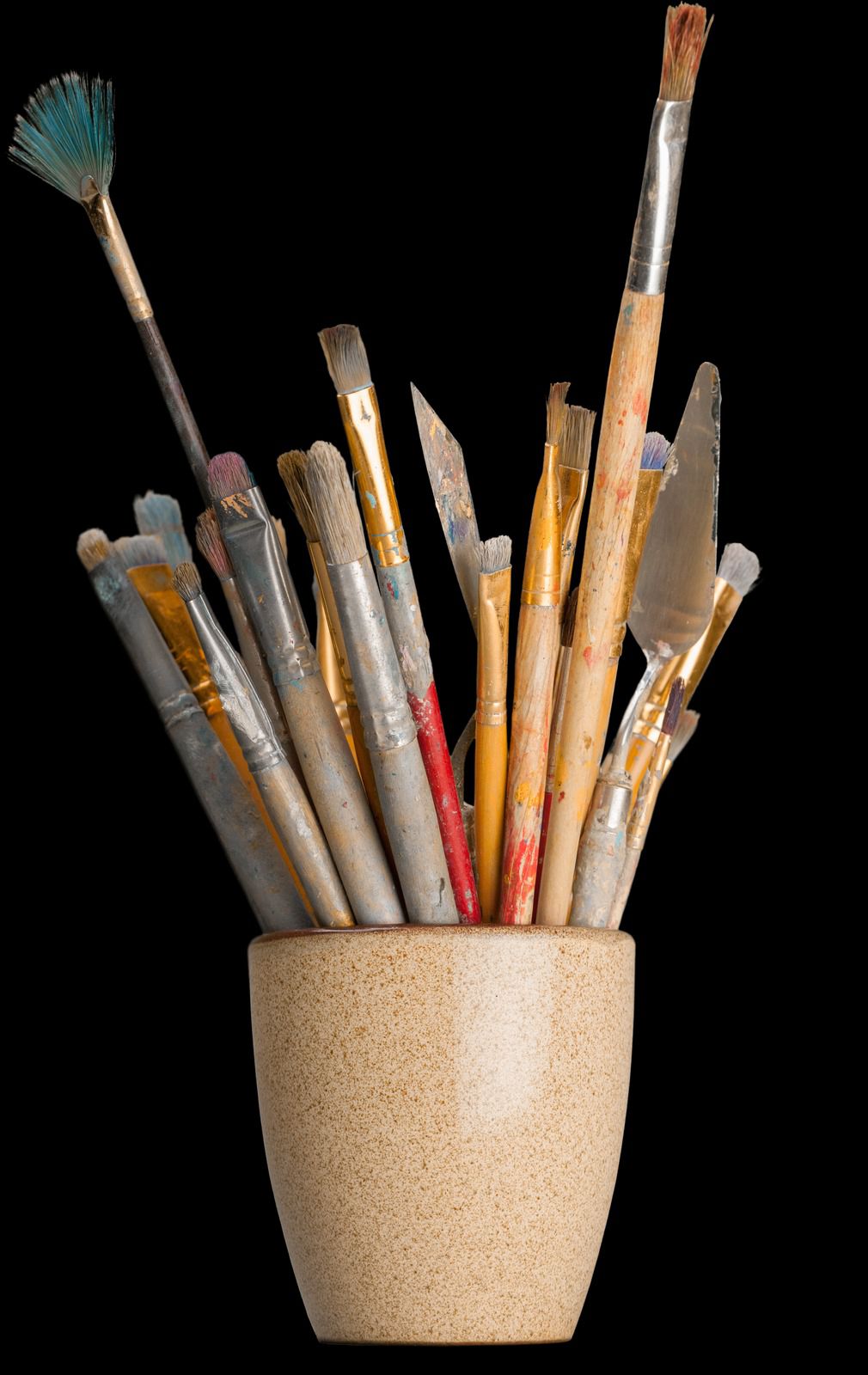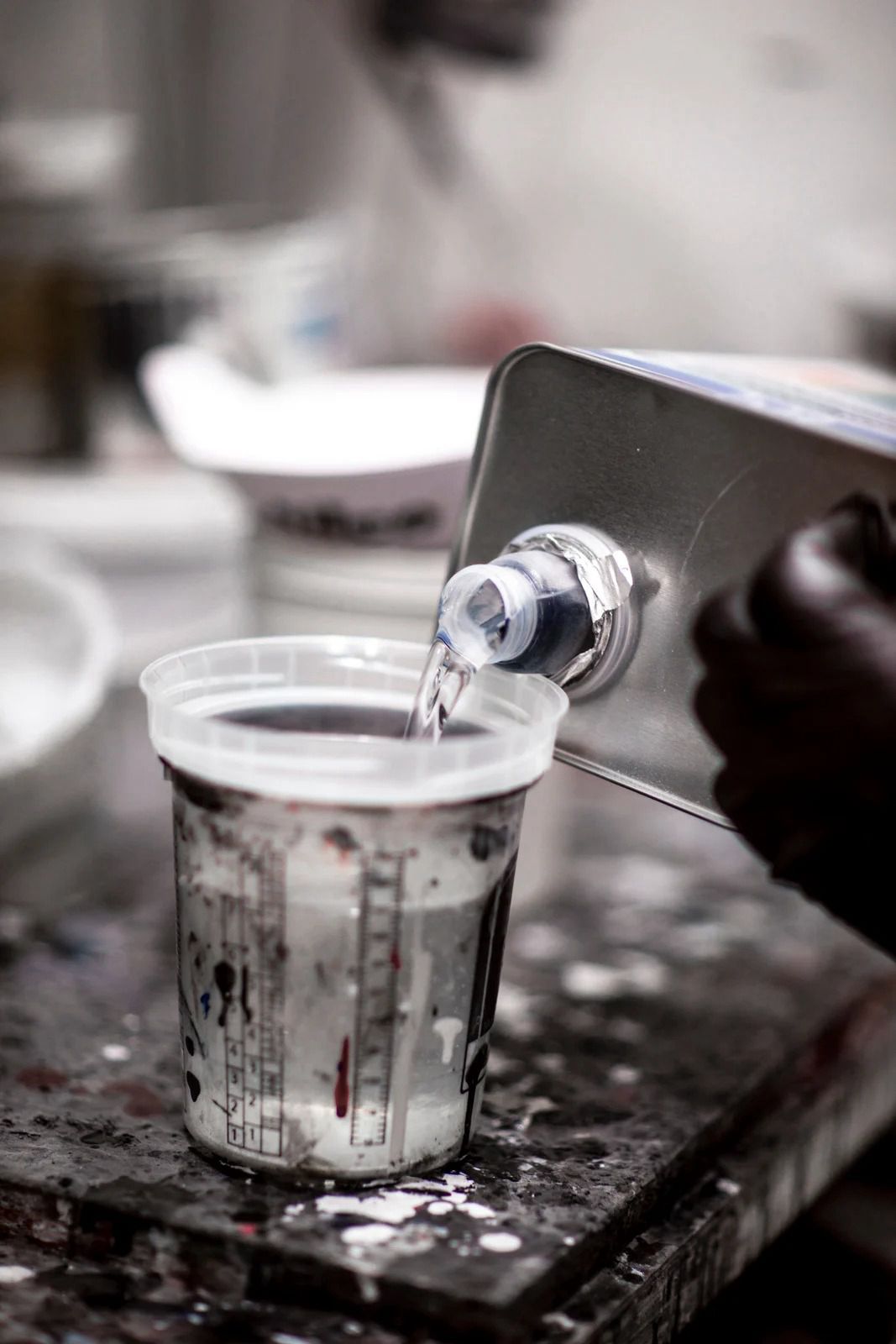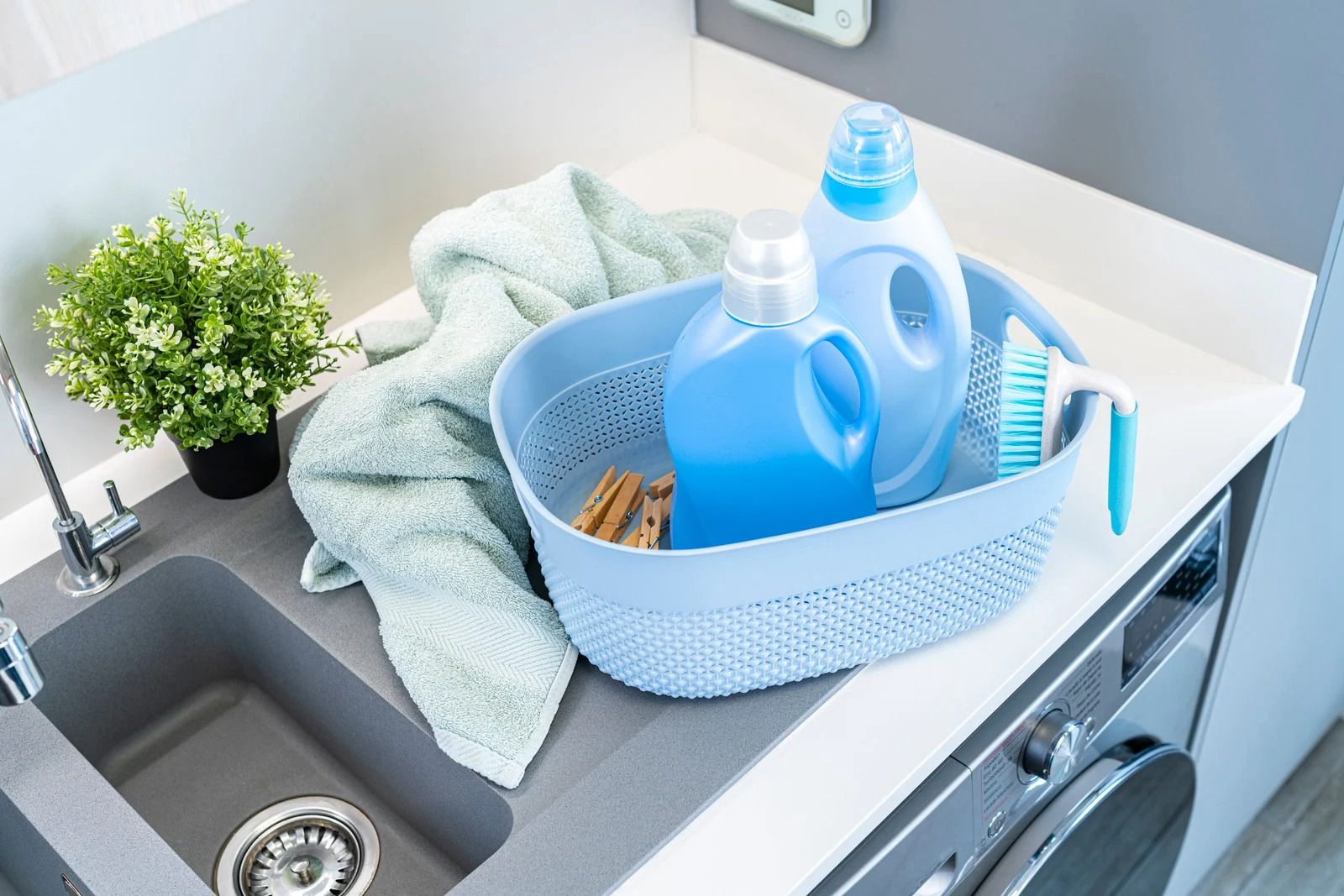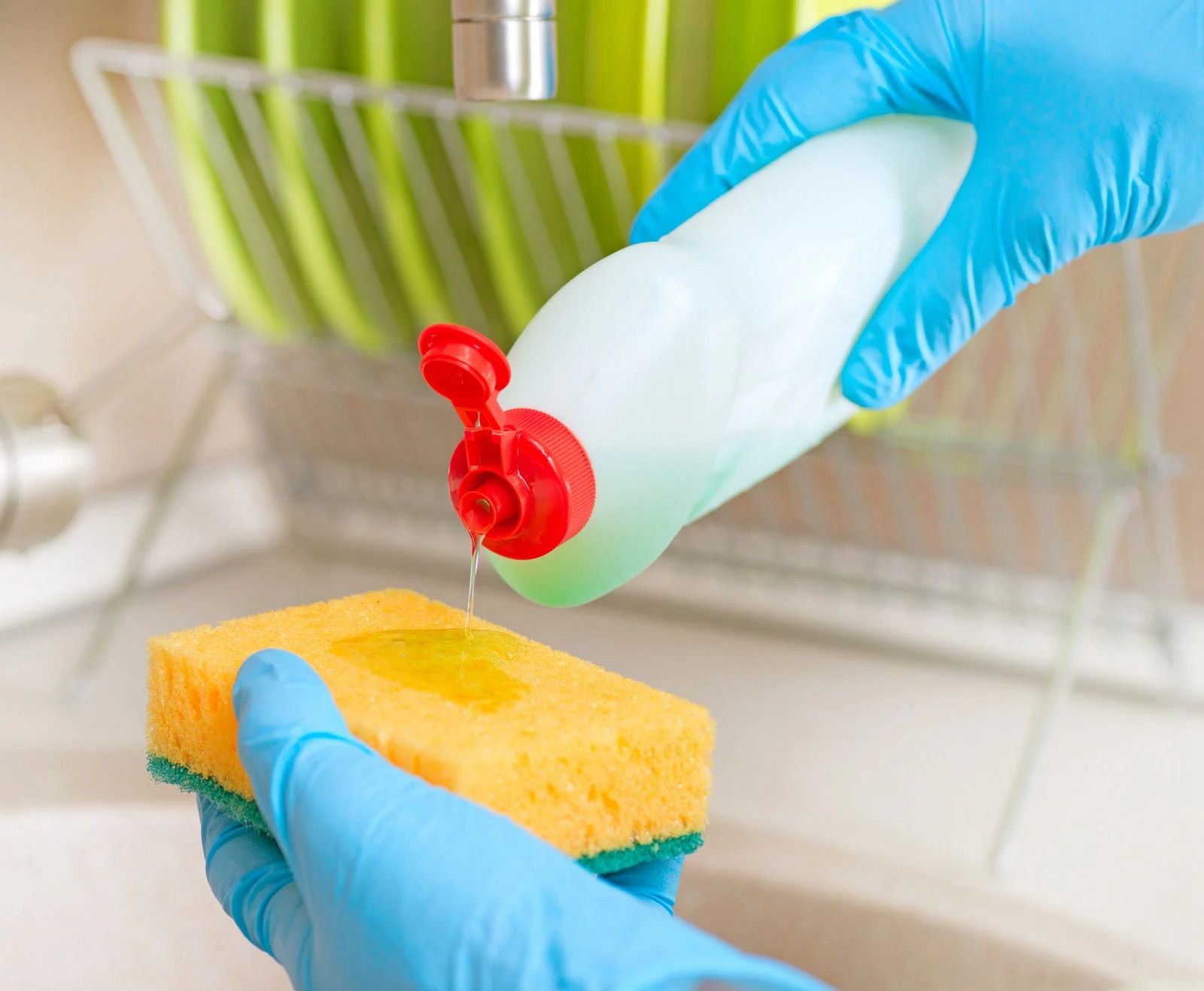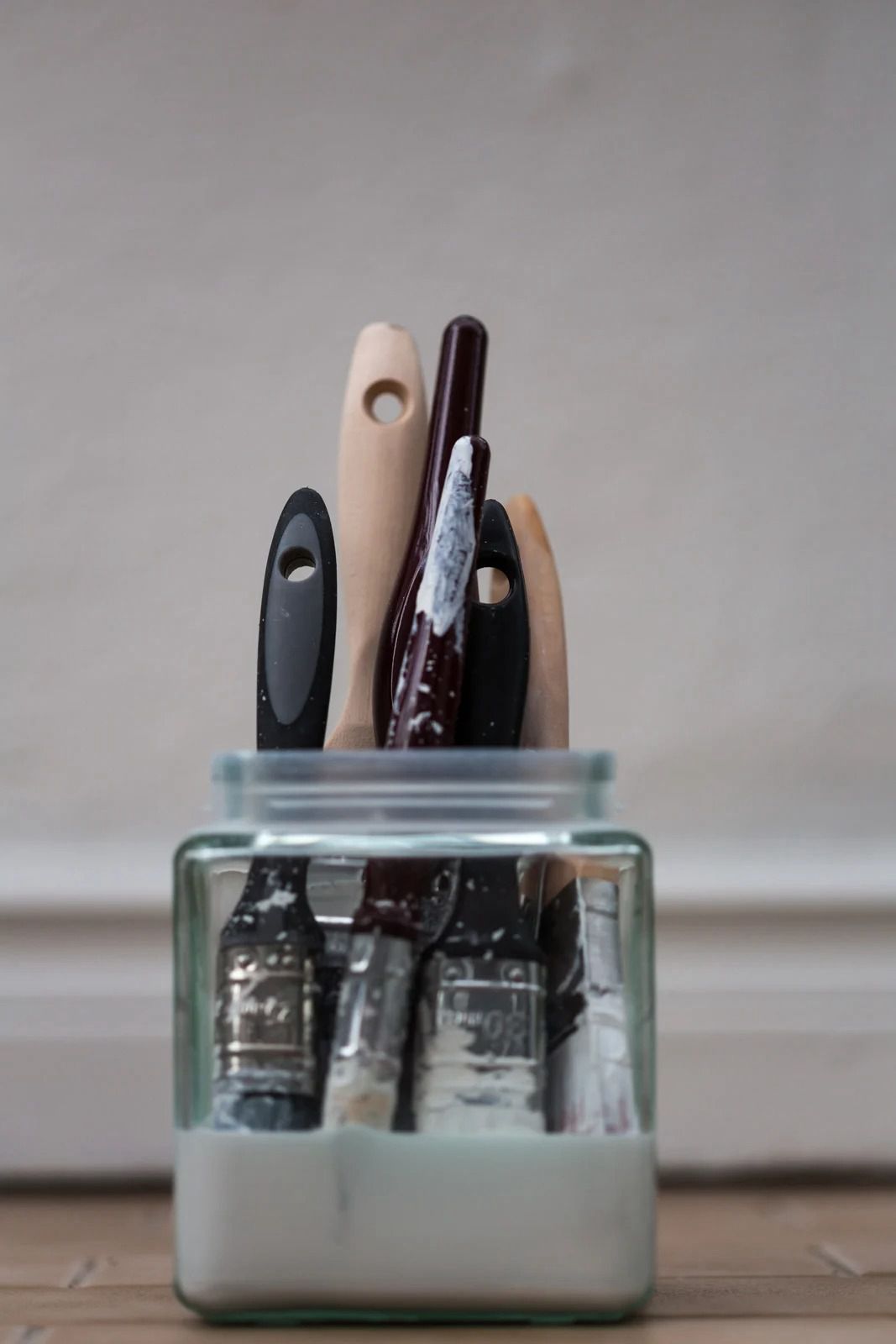Painting can be a therapeutic and rewarding hobby or profession, but cleaning up afterward can be a tedious task. One of the most important aspects of painting is taking care of your paintbrushes, as they are the tools that bring your artistic visions to life. Whether you are a professional painter or just starting out, properly cleaning your paintbrushes is crucial to maintaining their quality and longevity. Neglecting to clean your paintbrushes after each use can lead to the buildup of paint, making them stiff and difficult to work with. This can also lead to the bristles breaking down and falling out, rendering the brush unusable. Luckily, cleaning your paintbrushes doesn’t have to be a chore. With just a few simple steps, you can ensure that your brushes remain in good condition for years to come.
In this article, we will discuss the steps to properly clean your paintbrushes, including the materials you will need, how to remove excess paint, and the best cleaning solutions to use. By following these steps, you can maintain the quality of your paintbrushes and continue to create beauty with them.
Table of Contents
Essential Tips for Cleaning Paint Brushes
There are some important things to take into cognizance when cleaning your paintbrushes in order to get the cleaning right. Here are some essential tips for cleaning paintbrushes the right way:
- Clean your brushes immediately after use:It’s important to clean your brushes as soon as you’re done using them. If you leave the paint to dry on the bristles, it can be much harder to remove.
- Use the right solvent:Different types of paint require different solvents for cleaning. For example, oil-based paint requires mineral spirits or turpentine, while water-based paint can be cleaned with soap and water.
- Use a brush comb:A brush comb is a useful tool for removing paint from the bristles of your brushes. You can use it to gently scrape the paint off the brush and help loosen any dried-on paint.
- Rinse thoroughly:Once you’ve removed as much paint as possible, rinse your brushes thoroughly with the appropriate solvent or soap and water. Make sure to rinse all the way down to the base of the bristles to ensure that all the paint is removed.
- Dry your brushes properly:After cleaning your brushes, use a clean cloth or paper towel to gently blot away any excess moisture. Then, reshape the bristles and let the brush air dry. Avoid leaving your brushes standing on their bristles, as this can cause them to become misshapen.
By following these tips, you can ensure that your paint brushes stay in good condition and last for many projects to come.
How To Clean Your Paintbrushes – 5 Easy And Effective Ways
There are several ways you can clean your paintbrushes to maintain their quality and longevity. Here are five easy and efficient methods to get this done and a step-by-step guide on how to:
Using Paint Thinner
Cleaning a paintbrush with paint thinner is a common method for removing oil-based paints and varnishes. Paint thinner is an effective solvent for cleaning paintbrushes because it is designed to break down and dissolve oil-based paints, varnishes, and stains. It contains a mixture of organic solvents that work together to dissolve and loosen the paint from the bristles of the brush, allowing it to be easily removed. Paint thinner is typically made up of solvents such as mineral spirits, turpentine, and naphtha. These solvents are designed to break down the resins and binders in oil-based paints, which are the components that make them sticky and difficult to remove.
Here are the steps you should follow when cleaning your paintbrushes with a paint thinner:
- The first step in cleaning a paintbrush with paint thinner is to remove any excess paint. Wipe the brush against the rim of the paint can or jar to remove as much paint as possible.
- Next, pour enough paint thinner into a container to cover the bristles of the brush. Use a container that you don’t mind getting dirty, as it may be difficult to clean afterward.
- Swirl the brush in the paint thinner, making sure that all the bristles are covered. Gently massage the bristles with your fingers to help loosen any remaining paint.
- After swirling the brush in the paint thinner, rinse it off in the same container of paint thinner. This will help remove any remaining paint and clean the brush further.
- If the brush is still not clean, repeat steps 3 and 4 until the paint is completely removed.
- Once the paint is removed, rinse the brush with soap and warm water. This will help remove any residual paint thinner and clean the bristles.
- After cleaning the brush, gently squeeze out any excess water with a clean rag or paper towel. Then, reshape the bristles and lay the brush flat to dry. Once it’s completely dry, store it in a cool, dry place
However, it is important to note that paint thinner is not effective for cleaning water-based paints or acrylics, as these types of paints are not soluble in solvents like paint thinner. Instead, water and soap should be used to clean brushes that have been used with water-based paints. It is also important to follow proper safety precautions and clean the brush thoroughly with soap and water afterward to ensure it is in good condition for future use.
Fabric Softener
Fabric softener is another effective solution for cleaning paintbrushes. This is because it can help to break down and dissolve dried paint. The softening agents in the fabric softener can help to loosen the paint from the bristles of the brush, making it easier to remove. Here are some general steps that you can follow if you choose to try this method:
- Remove as much excess paint from the brush as possible using a rag or paper towel.
- Fill a container with warm water and add a small amount of fabric softener. The ratio of water to fabric softener will depend on the specific product you are using, but a common recommendation is to use one part fabric softener to three parts water.
- Swirl the brush in the water and fabric softener mixture, making sure to work the mixture into the bristles. You can also gently massage the bristles to help loosen any dried paint.
- Rinse the brush thoroughly with warm water to remove any remaining fabric softener.
- Repeat the process as necessary until the brush is clean.
- Once the brush is clean, gently reshape the bristles and allow it to air dry before using it again.
However, it is important to know that there are potential downsides to using fabric softener for this purpose. For example, the residue left behind by the fabric softener may affect the way that the brush applies paint in the future, leading to poor results or inconsistent coverage. Additionally, fabric softener may not be effective for removing all types of paint, particularly those that are particularly stubborn or have been allowed to dry for an extended period.
Vinegar
Vinegar is an effective cleaning agent for paintbrushes due to its natural acidity. The acetic acid in vinegar helps to dissolve and loosen dried paint from the bristles of the brush. This makes it an excellent option for cleaning brushes that have been left to dry out. Additionally, vinegar is non-toxic, readily available, and affordable, making it a popular choice for those looking for a natural cleaning solution.
Vinegar can be used on a variety of brush types, including synthetic, natural, and bristle brushes, and is effective at cleaning both oil-based and water-based paint. Its ease of use and ability to restore paintbrushes to their original condition makes vinegar a go-to option for painters and artists alike. Here is how you can go about cleaning paintbrushes with vinegar:
- Begin by filling a container or jar with enough vinegar to fully submerge the bristles of your paintbrushes.
- Place your dirty paintbrushes into the vinegar solution, making sure that they are completely submerged.
- Allow the brushes to soak in the vinegar solution for several hours.
- Once the paint has been loosened from the bristles, remove the brushes from the vinegar solution and rinse them thoroughly with water.
- Gently rub the bristles with your fingers to remove any remaining paint or vinegar residue.
- Rinse the brushes once again with water to ensure that all the vinegar and paint residue is removed.
- Pat the bristles dry with a clean cloth or paper towel.
- Finally, reshape the bristles to their original shape and store the brushes in a safe, dry place until you’re ready to use them again.
Cleaning paintbrushes with vinegar is an eco-friendly and affordable way to keep your brushes in good condition and ensure that they last for many uses.
Dishwashing Liquid
Dishwashing liquid is another brilliant option to consider when it comes to cleaning paintbrushes. This is because it contains powerful surfactants that can break down and remove dirt, grease, and other substances from surfaces. These surfactants help to break down dried paint on the bristles and lift it off, making it easier to clean the brush.
Also, dishwashing liquid is designed to be gentle on surfaces and is safe for use on a wide range of materials, including paintbrush bristles. It is also water-soluble, which means that it can be easily rinsed off the brush with water. The combination of surfactants, gentleness, and solubility in water makes dishwashing liquid a highly effective cleaning solution for removing paint from brushes. Here are the steps you can follow when using this method:
- Begin by wiping off any excess paint from the brush with a paper towel or cloth.
- Rinse the brush with warm water to remove as much paint as possible.
- Squeeze a small amount of dishwashing liquid onto the bristles of the brush and work it into a lather using your fingers or a brush cleaning tool.
- Rinse the brush thoroughly under warm running water until the water runs clear and all the soap is removed.
- Gently squeeze the bristles to remove any excess water, being careful not to bend or damage them.
- Reshape the bristles to their original shape and lay the brush flat on a clean towel to air dry.
It’s important to note that different types of paint may require different cleaning methods, so always refer to the manufacturer’s instructions for specific cleaning recommendations. Additionally, for heavily soiled or dried paintbrushes, it may be necessary to repeat the cleaning process several times or use a specialized cleaning solution.
White Spirit
White spirit is another brilliant option for cleaning paintbrushes due to its powerful solvent properties. It can effectively dissolve and remove oil-based paint, varnishes, and other coatings from the bristles of a paintbrush. White spirit is also relatively inexpensive and widely available, making it a convenient choice for both professionals and DIY painters. Additionally, white spirit evaporates quickly, leaving no residue or odor behind, which makes it easy to clean up after use.
To clean your paintbrushes with white spirit, follow these steps:
- Remove as much excess paint from the brush as possible by wiping it on the edge of the paint can or a piece of newspaper.
- Pour some white spirit into a container large enough to hold the brush.
- Swirl the brush around in the white spirit, making sure that all bristles are coated.
- Let the brush sit in the white spirit for a few minutes to allow the solvent to dissolve any remaining paint.
- Remove the brush from the white spirit and rinse it with clean water.
- Repeat steps 3-5 until the brush is completely clean.
- Dry the brush by gently squeezing out any excess water and then laying it flat to air-dry.
Always remember that white spirit is a flammable and potentially hazardous substance, so it should be used with caution. Make sure to work in a well-ventilated area and avoid inhaling the fumes. It’s also important to dispose of used white spirit properly, as it can be harmful to the environment if not disposed of correctly.
Conclusion
In conclusion, taking good care of your paintbrushes is essential for maintaining their longevity and ensuring that they perform optimally. Proper cleaning after every use is crucial, as it prevents the buildup of paint and debris that can damage the bristles over time. The best approach to cleaning your paintbrushes depends on the type of paint you used and the type of bristles your brush has. Always use the appropriate cleaning solvent, and never allow your brushes to soak for an extended period. Dry your brushes thoroughly before storing them to prevent mildew growth or damage to the bristles. With these tips, you can keep your paintbrushes in good condition and ensure that they continue to produce beautiful, flawless strokes for years to come.
You can check out the following videos on YouTube to know more about the various methods of cleaning paintbrushes:

